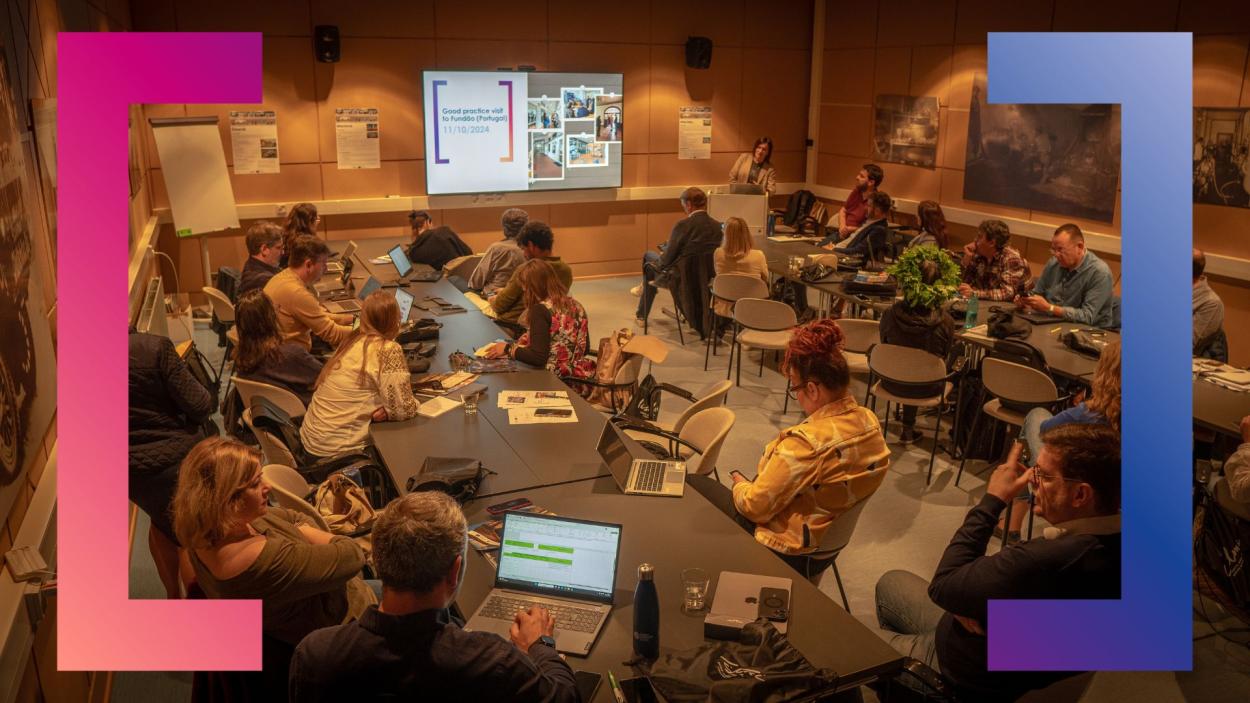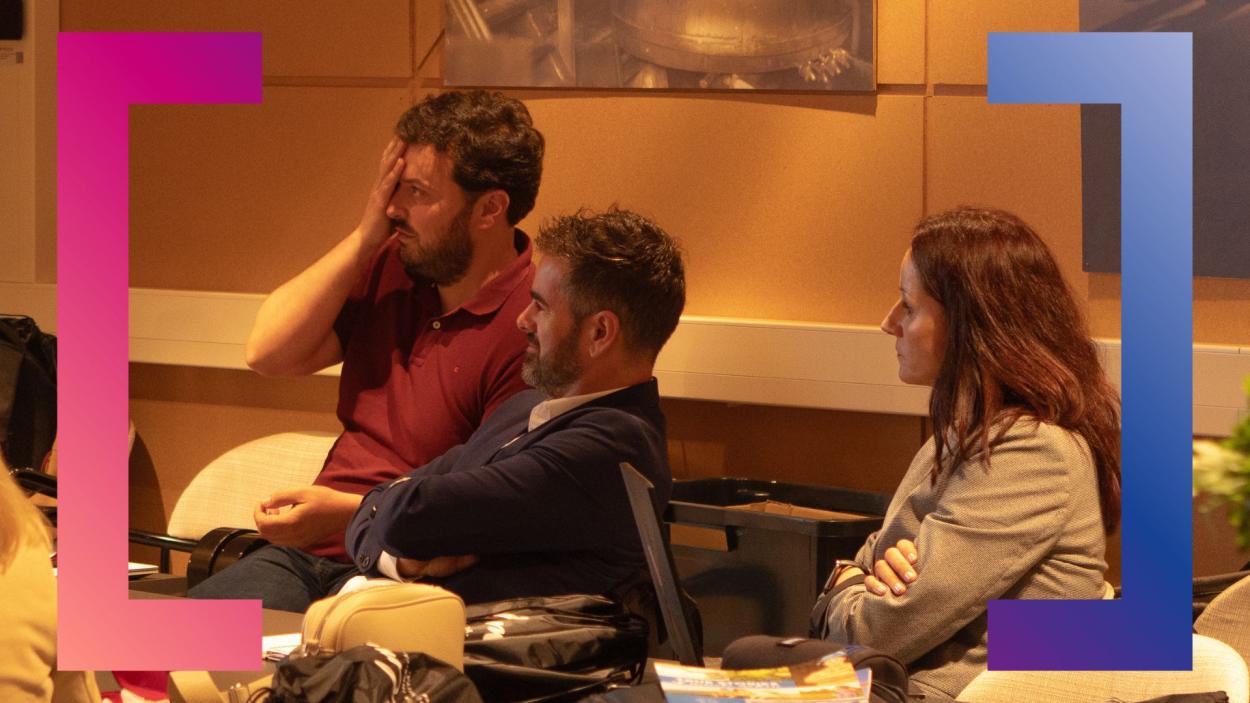The risk of a technocratic plan
Strategic plans often fall into the trap of becoming too technical, too internal, too cautious. When that happens, their core purpose—to mobilise people and resources—gets lost. Many of the IAPs reviewed had a sound structure, solid analysis, and well-defined actions. But as José Costero observed, the emotional and narrative core was often missing. The visions were too abstract. The story of why this matters now, and who it’s for, wasn’t told clearly enough.
This is not about adding fluff—it’s about building ownership. As the project coordinator Nikolina Gracin put it during a reflection session in Iisalmi:
“A great plan doesn’t just solve problems. It helps people see themselves in the future of their city. When that happens, the plan becomes legitimate. Not because it’s signed off, but because people believe in it.”

Internal Communication: The Secret Ingredient?
One of the most overlooked tools in this process is internal communication. Not marketing. Not promotion. But structured, strategic communication aimed at engaging local actors—from civil servants and elected officials to citizens, NGOs, and businesses. And yet, nearly all the IAPs lacked even a basic communication strategy. This is a huge missed opportunity. Why? Because even the best plan will stall without local energy behind it. When the IAP is understood and talked about within the community, it starts to act as a civic compass. It creates a shared direction.
Tiago Ferreira, URBACT Programme Expert, has long emphasised the role of storytelling in European urban development:
“If a city cannot tell the story of where it’s going, it will struggle to bring people along. It’s not enough to plan well. You have to connect.”

How to Make Your Plan Speak to Real People
Make the vision vivid.
A vision is not a legal statement. It's a picture of the future. It should evoke emotion, curiosity, and ambition. Write it in a way that people recognise their own hopes in it.Tell the story of the journey.
The IAP should not just say what will happen, but how the plan came to life. Who was involved? What debates shaped it? What tensions had to be resolved?Think communication early.
Add a local communication strategy to Section 4—or even better, integrate communication from the start. Define your internal audiences, key messages, channels, and tone of voice.Give the plan a public face.
Launch it. Present it to the City Council. Create a visual one-pager. Hang a poster in the town hall. Invite the ULG to co-own the final version. Make it seen.Don’t let the document gather dust.
Revisit and reuse the plan regularly. Bring it into public debates, funding applications, annual reviews. It’s not a tombstone. It’s a tool.Make the vision vivid.
A vision is not a legal statement. It's a picture of the future. It should evoke emotion, curiosity, and ambition. Write it in a way that people recognise their own hopes in it.Tell the story of the journey.
The IAP should not just say what will happen, but how the plan came to life. Who was involved? What debates shaped it? What tensions had to be resolved?Think communication early.
Add a local communication strategy to Section 4—or even better, integrate communication from the start. Define your internal audiences, key messages, channels, and tone of voice.Give the plan a public face.
Launch it. Present it to the City Council. Create a visual one-pager. Hang a poster in the town hall. Invite the ULG to co-own the final version. Make it seen.Don’t let the document gather dust.
Revisit and reuse the plan regularly. Bring it into public debates, funding applications, annual reviews. It’s not a tombstone. It’s a tool.
As cities across all URBACT Action Planning Networks finalize their IAPs, the biggest risk is treating the plan as a box-ticking exercise. But the biggest opportunity is exactly the opposite: to use this moment to catalyse new energy, clarity, and connection around a shared future. In his final report, José Costero concluded:
“The IAP is not the end of the process. It is the beginning of a new way of working, thinking, and communicating.”
So let's use these final months wisely. Let's not just finalise the plans—let’s bring them to life.



